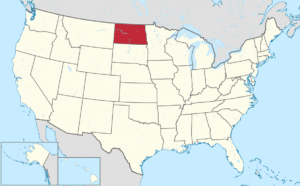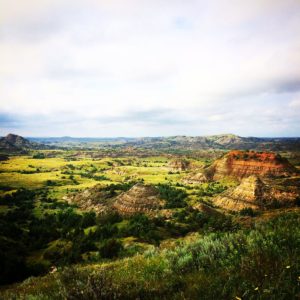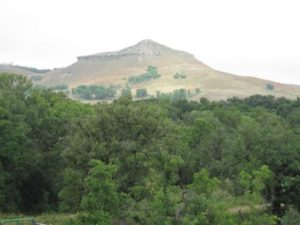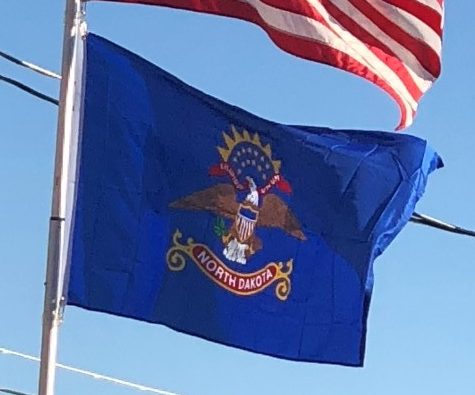Introduction:
North Dakota is a U.S. state in the midwestern and northern regions of the United States. It is the nineteenth largest in area, the fourth smallest by population, and the fourth most sparsely populated of the 50 states. North Dakota was admitted to the Union as the 39th state on November 2, 1889. Its capital is Bismarck, and its largest city is Fargo.

In the 21st century, North Dakota’s natural resources have played a major role in its economic performance, particularly with the oil extraction from the Bakken formation, which lies beneath the northwestern part of the state. Such development has led to population growth and reduced unemployment.
Geography:
North Dakota is in the U.S. region known as the Great Plains. The state shares the Red River of the North with Minnesota to the east. South Dakota is to the south, Montana is to the west, and the Canadian provinces of Saskatchewan and Manitoba are to the north.

North Dakota is situated near the middle of North America with a stone marker in Rugby, North Dakota marking the “Geographic Center of the North American Continent”.
The western half of the state consists of the hilly Great Plains as well as the northern part of the Badlands, which are to the west of the Missouri River. The state’s high point, White Butte at 3,506 feet and Theodore Roosevelt National Park are in the Badlands. The region is abundant in fossil fuels including natural gas, crude oil and lignite coal. The Missouri River forms Lake Sakakawea, the third largest artificial lake in the United States, behind the Garrison Dam.

The central region of the state is divided into the Drift Prairie and the Missouri Plateau. The eastern part of the state consists of the flat Red River Valley, the bottom of glacial Lake Agassiz. Its fertile soil, drained by the meandering Red River flowing northward into Lake Winnipeg, supports a large agriculture industry. Devils Lake, the largest natural lake in the state, is also found in the east.
Eastern North Dakota is overall flat; however, there are significant hills and buttes in western North Dakota. Most of the state is covered in grassland; crops cover most of eastern North Dakota but become increasingly sparse in the center and farther west. Natural trees in North Dakota are found usually where there is good drainage, such as the ravines and valley near the Pembina Gorge and Killdeer Mountains, the Turtle Mountains, the hills around Devil’s Lake, in the dunes area of McHenry County in central North Dakota, and along the Sheyenne Valley slopes and the Sheyenne delta. This diverse terrain supports nearly 2,000 species of plants.

History:
Native American peoples lived in what is now North Dakota for thousands of years before the coming of Europeans. The known tribes included the Mandan, Hidatsa, Crow, and the Dakota people including the Lakota, Santee, and Yanktonai.
